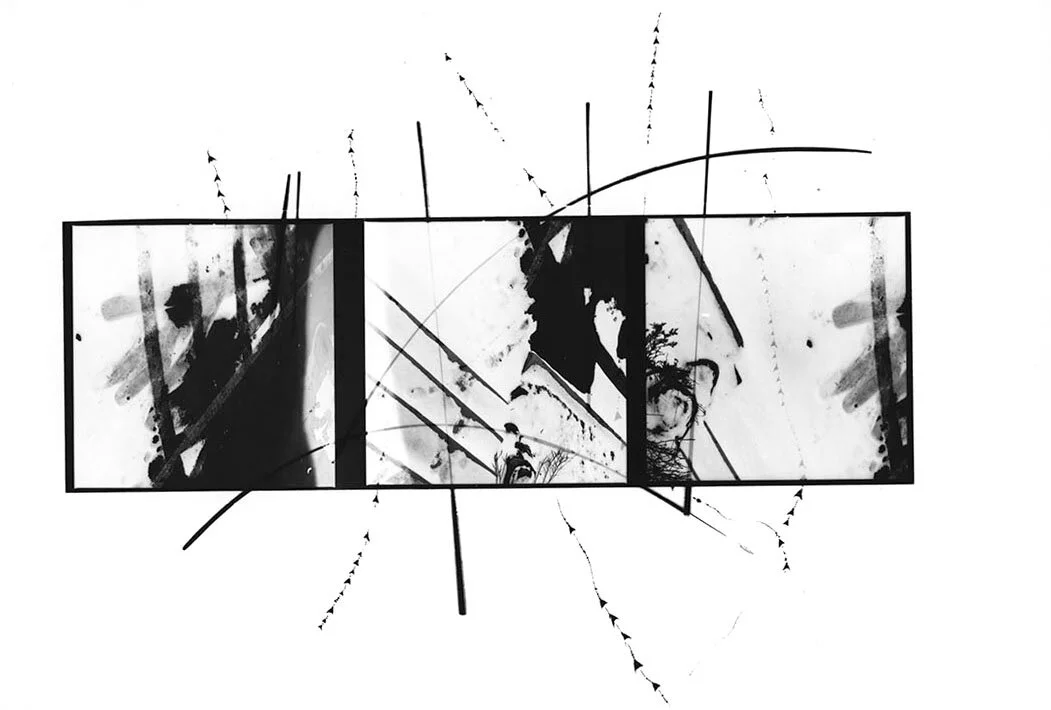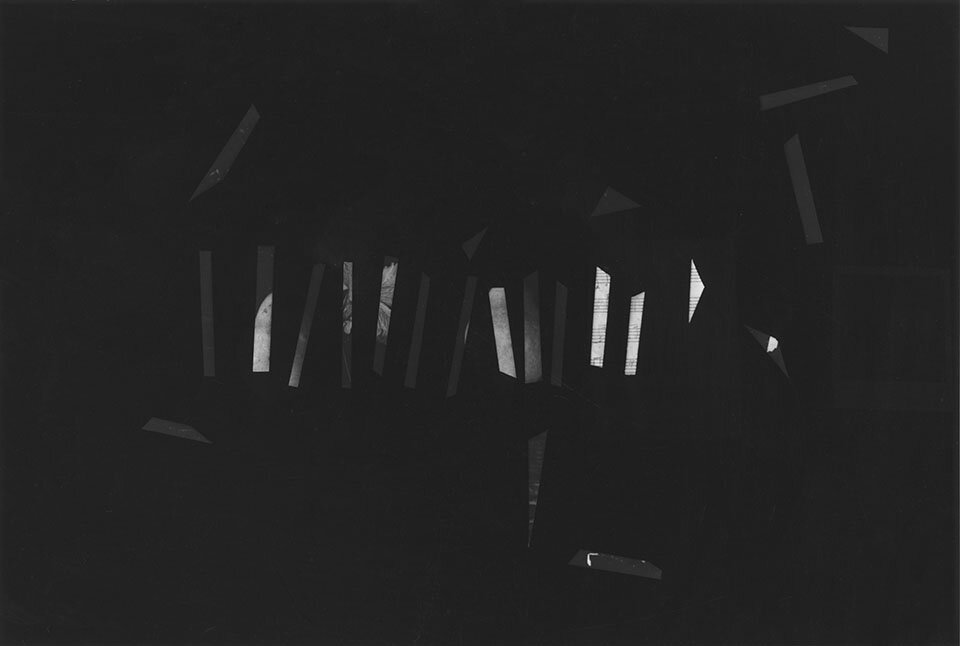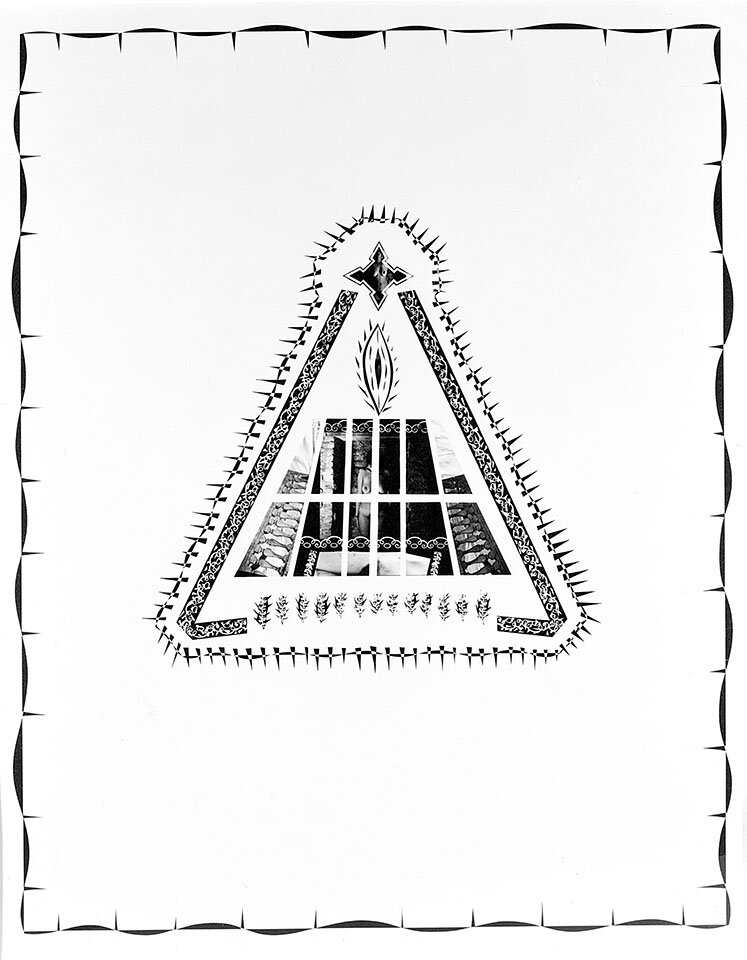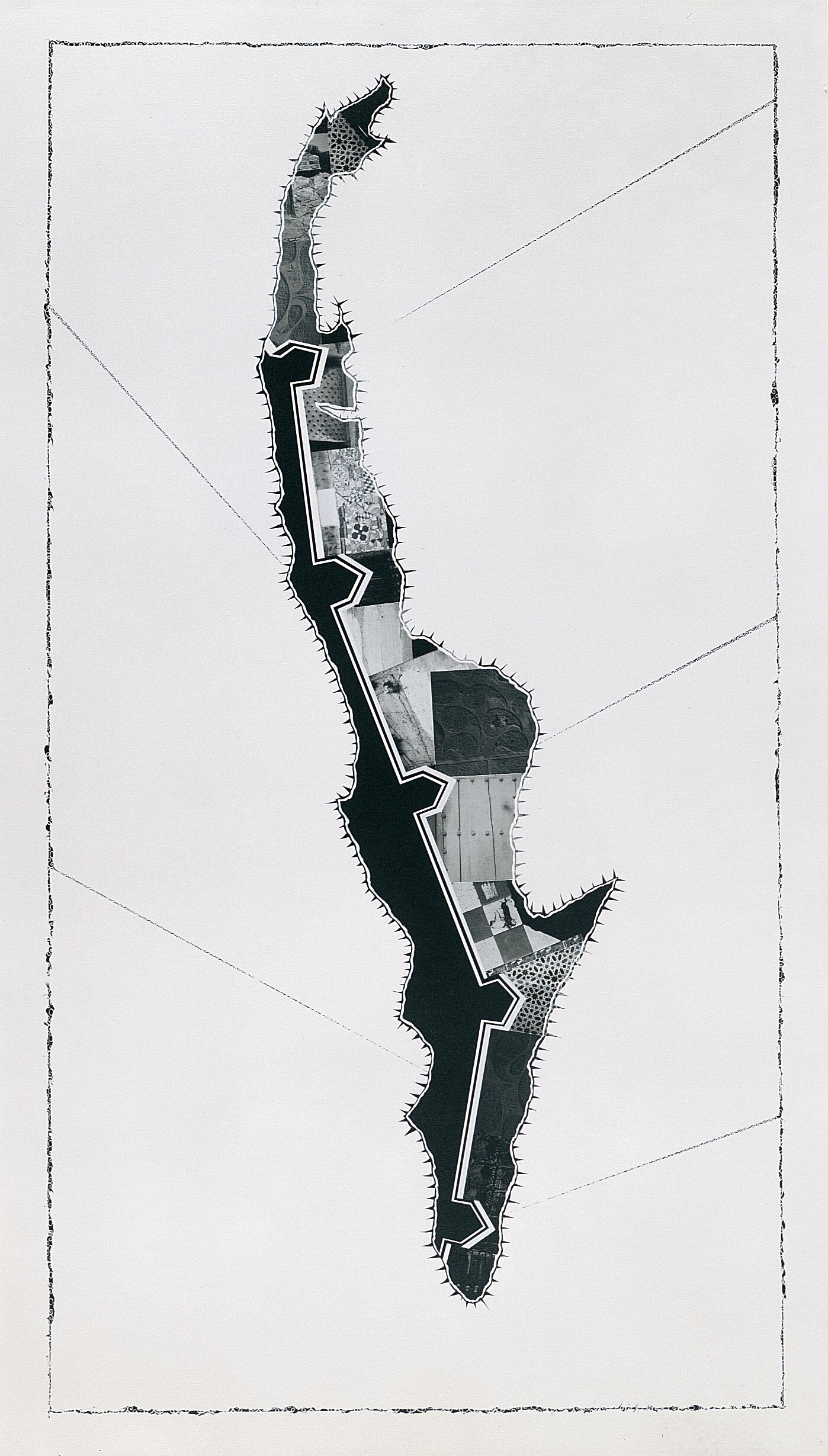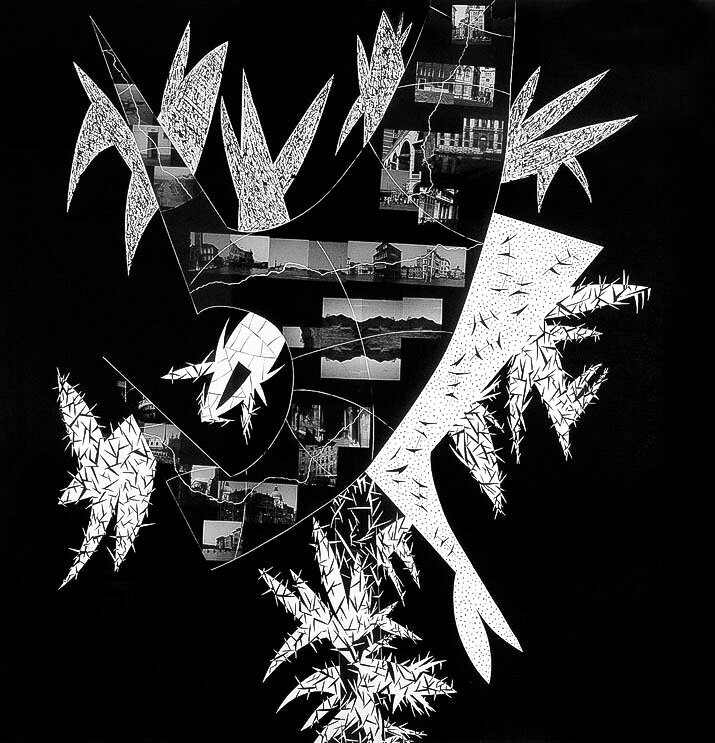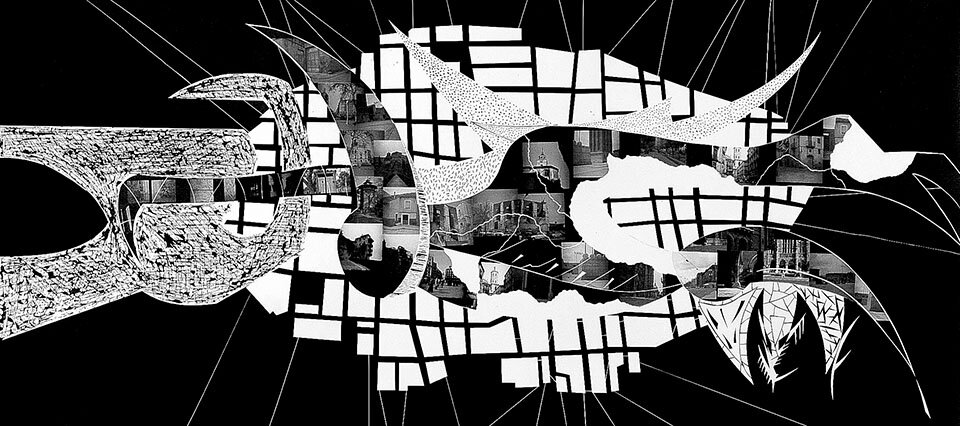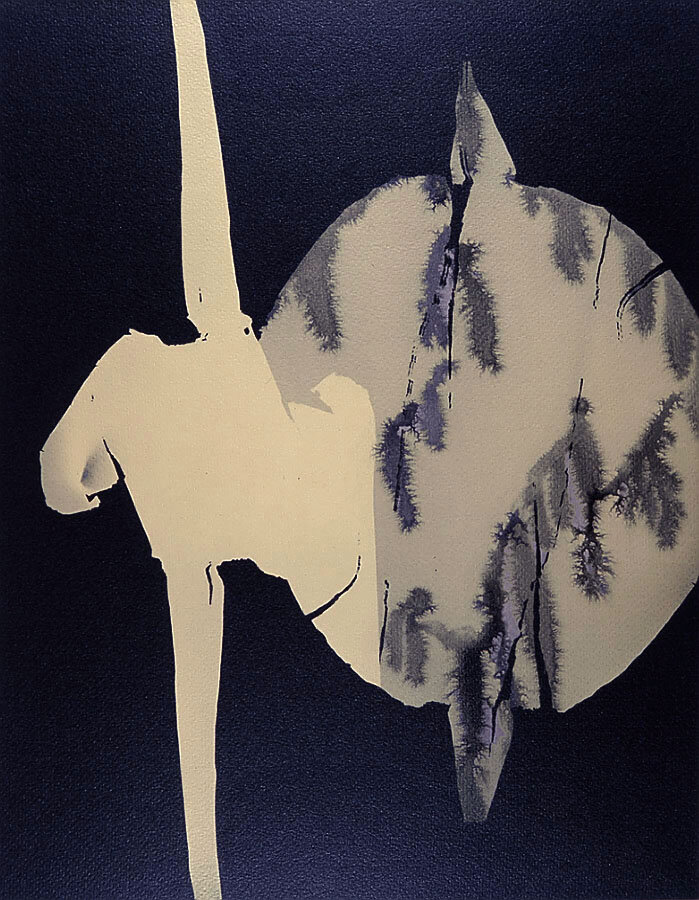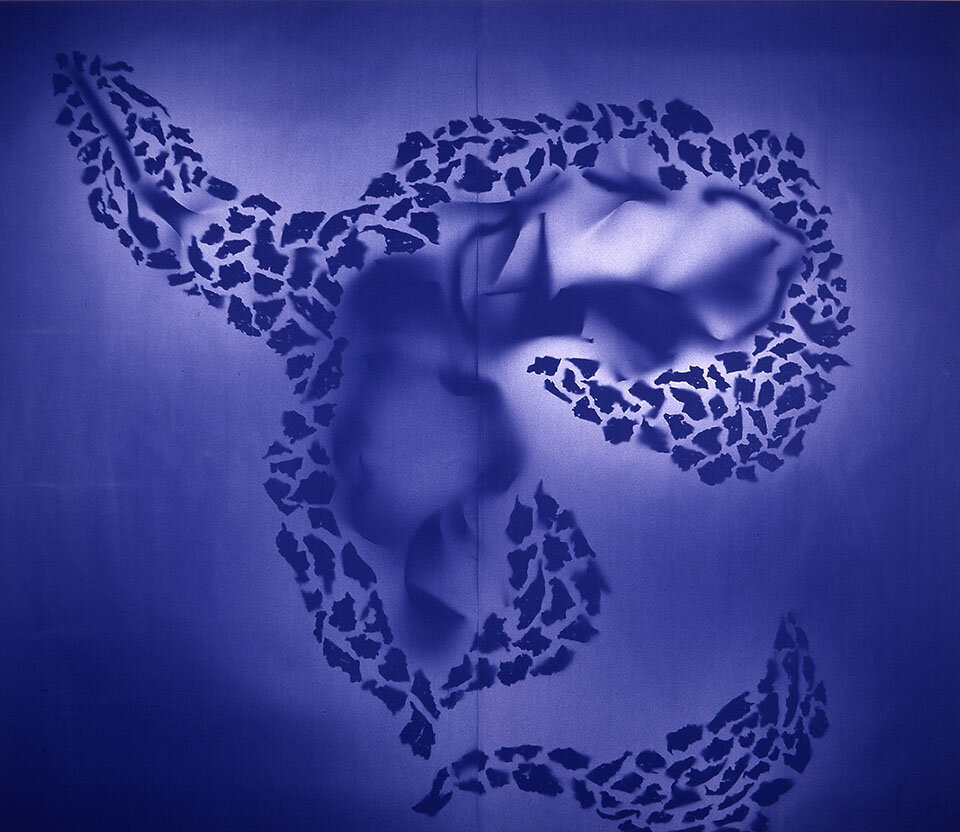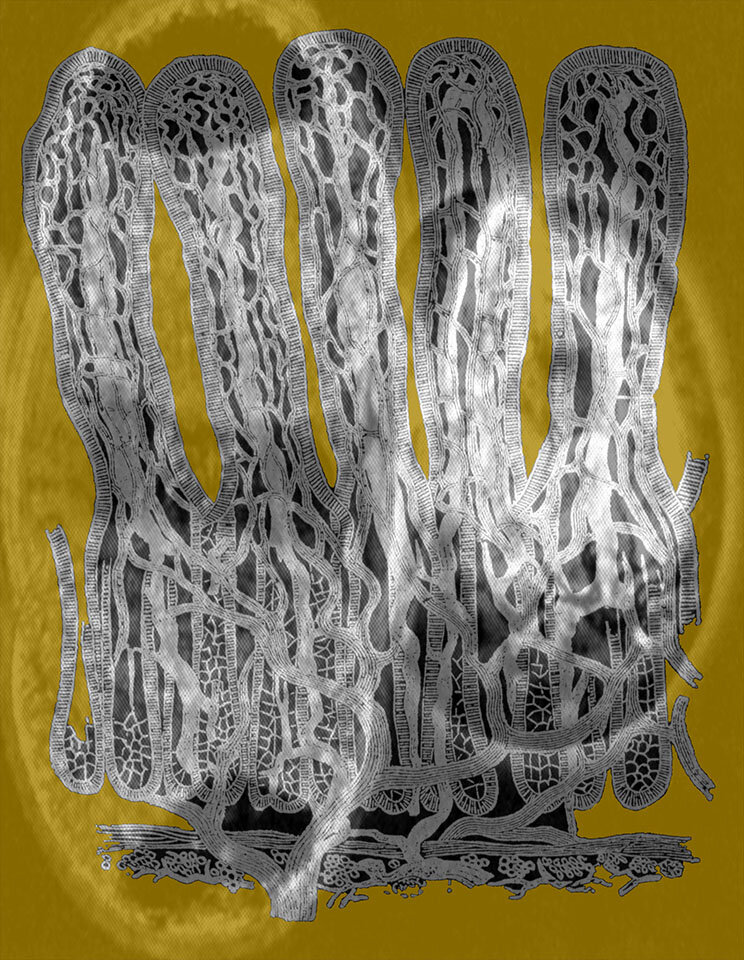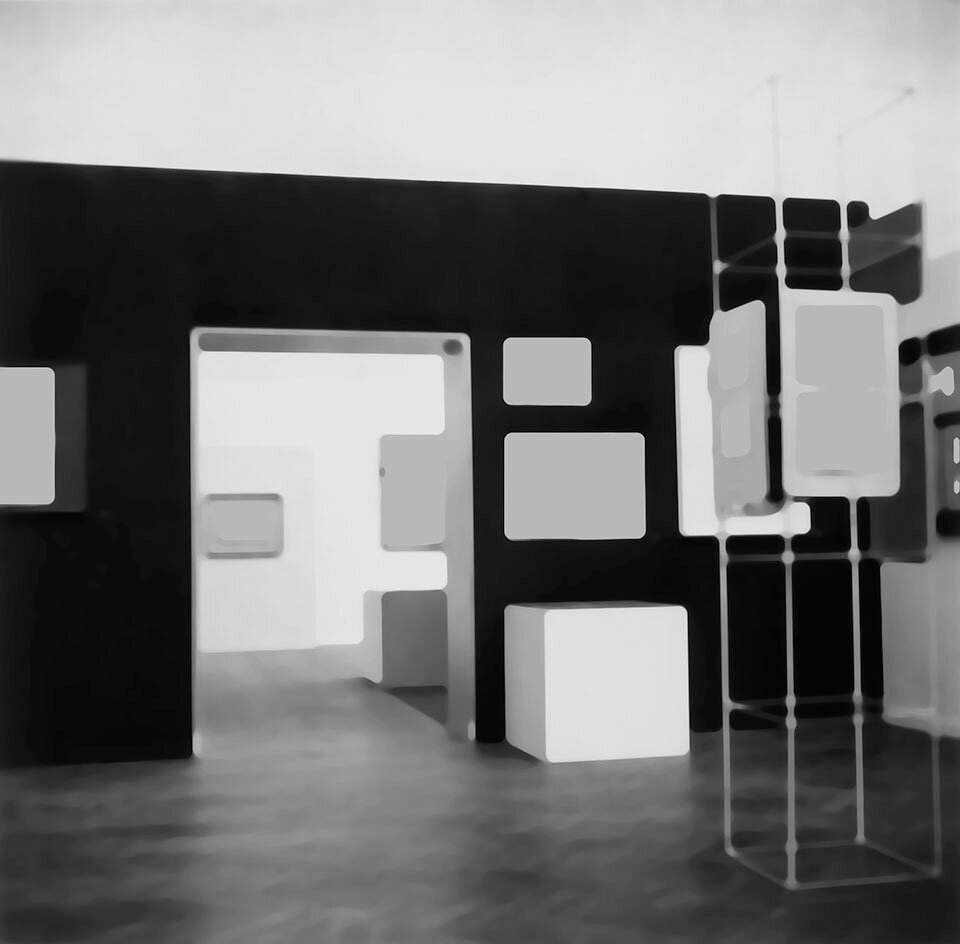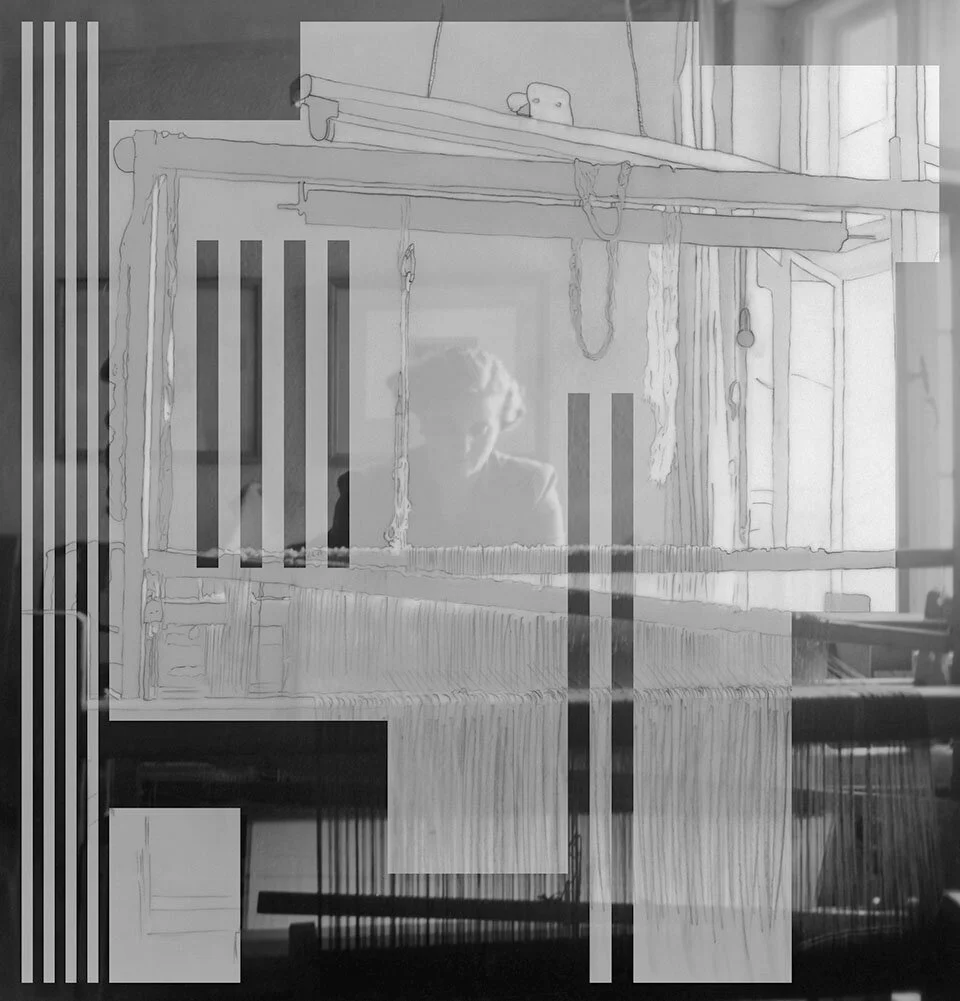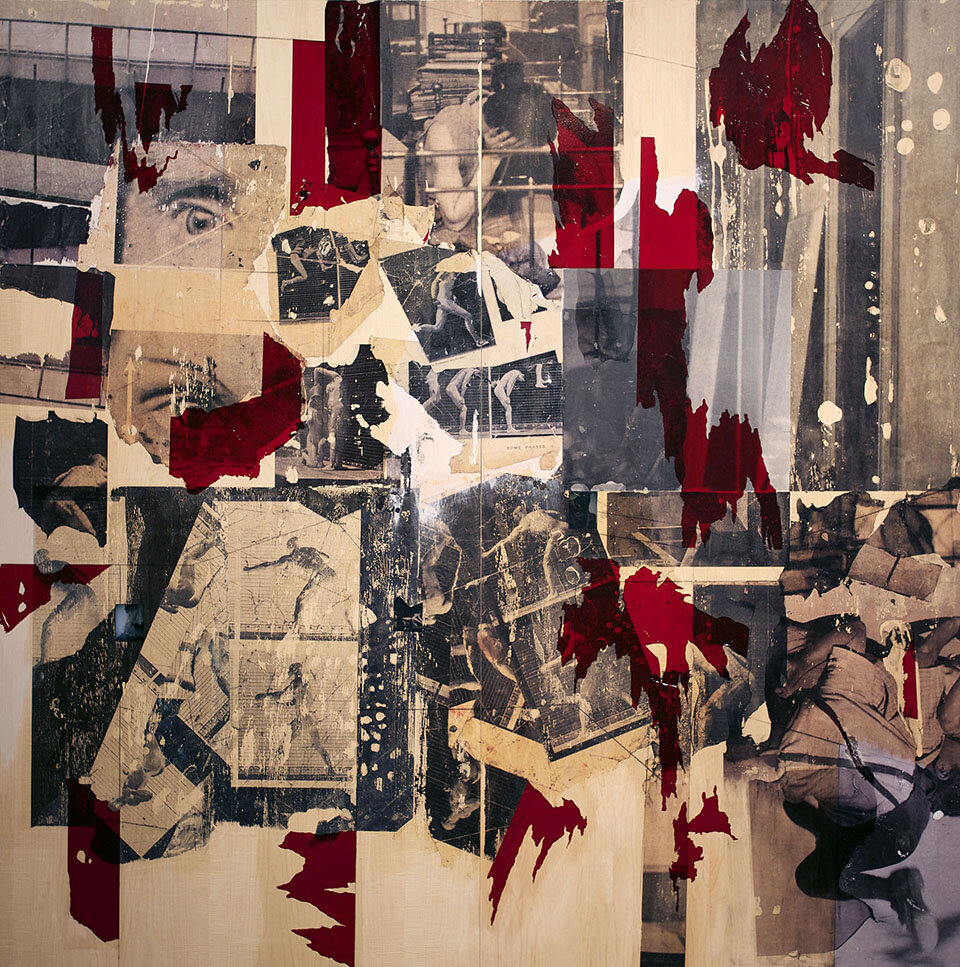Q&A: Maria Martinez-Cañas
By Jess T. Dugan | April 2, 2020
Maria Martinez-Cañas was born in Havana, Cuba and has lived and worked in Miami since 1986. She received a B.F.A. in Photography from the Philadelphia College of Art and an M.F.A. in Photography from The School of The Art Institute of Chicago. An artist who works with innovative, non-traditional photographic media, she has exhibited extensively in the United States and abroad, with 47 one-person exhibitions and over 300 group exhibitions.
She is the recipient of a Pollock-Krasner Foundation 2016 Photography Fellowship, a Civitella Ranieri Foundation Visual Arts Fellowship, a Cintas Fellowship, a National Endowment for the Arts award, and a Fulbright-Hays Grant, among others. Her works are included in the permanent collections of The Philadelphia Museum of Art, Philadelphia, The Museum of Modern Art in New York, the San Francisco Museum of Modern Art in San Francisco, The Center for Creative Photography in Tucson, Arizona, the Museum of Contemporary Art in Chicago, and the National Museum of American Art, Smithsonian Institution in Washington, DC, among others.
Jess T. Dugan: Hello Maria! Thanks so much for taking the time to speak with me today. You’ve had a long and prolific career spanning nearly 40 years – but to begin, let’s go back to the beginning. How did you discover artmaking, and what was your path to getting to where you are today?
Maria Martinez-Cañas: My parents were collectors of Latin American and Cuban art, so I grew up surrounded by art. Many times I have said that the best art education I had was at our home in Puerto Rico. This had a direct impact into the way that I looked at things and related to them. Growing up with works by Jesús Rafael Soto, Rogelio Polesello, Roberto Matta, José Luis Cuevas, Amelia Peláez, Wifredo Lam, Carlos Mérida, among many, many others, gave me an extraordinary insight into the work of modernist artists during my artistic formative years. Classical music also had a big presence in our home as my father played the violin. There were music and art gatherings at our home and I was able to meet some extraordinary musicians and visual artists.
The way I came into photography was because I became fascinated with a camera my mother had taken out of Cuba when we left as exiles. I asked her if she would allow me to clean it – any excuse to be able to touch it and “play” with it – I taught myself how to use it and developed my first roll of film at the age of 8 years old. That beautiful Rolleiflex Twin-Lens camera is still with me.
From then on, photography has been a constant in my life. I had my first exhibition at the Galeria Aboy in San Juan, Puerto Rico, on November 10th, 1977. I was seventeen years old. It never occurred to me at that time that I would eventually become an artist. I was very fortunate to have parents that loved art and were very involved with it. They supported me in my curiosity towards the medium of photography.
Untitled 004, from Fragment Pieces, 1981
JTD: You were born in Cuba, grew up in Miami and Puerto Rico, and have lived in Miami for most of your career, since 1986. You have written that despite having grown up in Puerto Rico, you have always identified most strongly with your Cuban heritage. And much of your work explores issues of identity, journeys, and transitions. Talk to me about the ways in which your cultural identity affects your work.
MMC: I belong to a generation of artists who have experienced the consequences of upheaval and displacement in their lives. In many ways, my work belongs to a fragmentary journey, one given to me by my parents. I have tried with my work to chart my origins, to trace my identity, and to position myself in a way that makes sense to me as I define who I am. My work has become a visual history of migration and displacement within my own life.
Many times I have described myself as a Cuban-born, Puerto Rican-grown, American citizen. These three aspects of my identity have significantly defined the way that I feel, the way that I think, and the way that I approach my perception of the world in which I live. I came to live in this country at the age of 18 when I went to Philadelphia to pursue my BFA.
Untitled 012, from Vestigios, 2015
JTD: I have found that artists often have one question they are trying to answer, or one idea they revisit over and over in their work – is this true for you, and if so, how would you articulate the underlying drive that motivates your work?
MMC: A few years ago, as I was going over the archives of my own work, I realized that the issue of identity is one that continuously appears and re-appears over and over and over again. Geographical, political, gender-based and fragmentary identities – and especially the identity of the Self.
JTD: You work with photography, but you often incorporate other media, such as drawing, sculpture, and collage. Tell me about your working process, which has a significant dose of experimentation. How does the conceptual content of your work overlap with the material and formal processes you employ to make it?
MMC: The fragmentary appearance of the photographic imagery within my photographic work has led some people to suggest that photography, for me, plays a secondary role. This conclusion, while perhaps warranted in a purely visual sense, ignores the extent to which photographic information plays a defining syntactical role in my work. The creation of an image, for me, has two co-equal components: first, the recording and gathering of visual details that interest me because of their cultural codes, and second, the arrangement and restructuring of these details into the larger, coherent frameworks of my photographic works.
My working process starts with questions – questions that appear in my life from people I meet, conversations I have or experiences that I go through. Everything starts with a question. And the questions then become concepts. The concepts define what materials to use.
Untitled 50%, from Duplicity As Identity, 2008
JTD: Tell me about Estructuras Transformativas, your most recent series. The works in this series seem to be a departure from some of your earlier work in both their scale, which is large, and their three-dimensional nature. How did this series come to be? What inspired you to integrate the form of the crate, an object so closely connected to shipping and transport?
MMC: Through the years, I have been very interested in archives and their historical meaning to an artist's career. Maybe I just liked to collect and look at things that talk to me about a previous time, and life. In 2003, my father had purchased José Gomez Sicre’s archives as a gift to me, and this gave me an extraordinary source of material to work with.
In 2016, I received a Pollock-Krasner Foundation Photography Fellowship and a twelve year relationship also came to an end. I was going through a very intense emotional time, and that kind of gave me the motivation and freedom to break with everything I had done before. In many ways, I had nothing to lose. It was an opportunity to work in ways I never imagined before, and I went for it. I made twenty large-scale works in four months of intense uninterrupted time. It was amazing.
The accumulated personal memorabilia in the Rebus + Diversions (2016) and Estructuras Transformativas (2017-2018) series is drawn largely from the materials I own from the JGS archives. I consider the scanning and reprinting of this historical and archival material a transformative process for me and my work: the rebirth of treasured originals that transcend their original Modernist intentions, bringing them into the present as part of an inquiry trying to make sense of the fragmentary nature of memory and place.
Untitled 011, Rebus + Diversions, 2016
After finishing the series Rebus + Diversions, I took a few days off to rest and read a book by Abigail McEwen, titled Revolutionary Horizons: Art and Polemics in 1950's Cuba. I went back to work with questions that the book had given me about abstraction and fragmentation. Looking at the work of Luis Martinez Pedro and Sandú Darié, I started working on Estructuras Transformativas – trying to challenge abstraction and the two-dimensional space. It is a work by Darié that gave me the title for my series.
The two crate works happened in many ways by chance. I had already been working on Rebus + Diversions when I received nine works from 2008 that were coming back from a show at the National Portrait Gallery in Washington DC. The works came in two crates. When I opened the first crate, one of the works from Duplicity As Identity was facing me (these works are blended portraits of my father and I) so I suddenly was looking at my own self. After a few days of looking at the work, I proceeded to take the works out but decided that I needed to create works inside those crates. In many ways, my self had lived there and I needed to go back to it... My process of working is very much about 'reactions' – and I just reacted to this.
Untitled 026, from Estructuras Transformativas, 2017
JTD: As you know, the mission of the Strange Fire Collective is to promote work by women, people of color, and LGBTQ artists, writers, and curators. You are a woman, person of color, and identify as LGBTQ – how have these various identities affected your work and career? Do you feel like you’ve had limitations placed upon you due to your identity?
MMC: Gender identity has been crucial, as this is where I have found my greatest “wars”. And yes, I feel that I have had limitations placed upon me due to being female. The struggles encountered through the years have made me resilient and determined. The constant struggles to prove my worth have made me stronger and continue, in many ways, to keep me always looking forward. I came to understand, through the years, that the things I can't control need to be dealt with in creative ways – that I just need to keep going. Always forward.
JTD: Continuing along those lines, as someone who has been working intensely for nearly 40 years, what changes do you perceive both in the art world and in society more broadly?
MMC: I have seen a lot of changes through the years – when you work this long doing the same thing, that happens. But the art world remains the same: women artists are still underrepresented and undervalued. There is still much to do and much to struggle with.
Años Continuos, 1994-1996
JTD: You and I had the chance to meet recently, and I was struck by something you said about how your work has always been the central throughline of your life – your constant, if you will – despite so many other things changing. I identify with this sentiment so much, and it is (perhaps obviously) a truth for so many artists. Talk to me about this – where do you think this drive comes from? Do you think this is something that can be nurtured (thinking of younger artists) or do you think it’s something that is simply either present in someone or not?
MMC: I grew up at a time when “validation” in the art world came after working a long time as an artist. The attention to youth didn't exist – everything took time and effort. You understood that in order to get anywhere you needed to be in the studio and work, work, work – that things would eventually happen by doing that – because displine was in many ways more important than networking. We live in very different times today.
As a teacher, I try to make my students understant that if they don't believe in their work, no one will. That hasn't changed. It can be nurtured, but it is our responsibility to our work, to what we believe in, that should be the defining drive to continue, no matter what the “flavor of the month” of the art world is....
JTD: What are you currently working on, and what’s on the horizon for you as an artist?
MMC: After a hectic and busy 2019, I took sometime off to recharge my creative batteries. I am starting new work now but it is too early to even talk about it. Going to the studio every day to do my work is what I do. Hopefully what Gary Metz once said will happen: “when a body of work is intentionally made by a photographer, that work will tell us more about the photographer than about photography.”
JTD: Excellent, thank you so much Maria!
All images © Maria Martinez-Cañas
